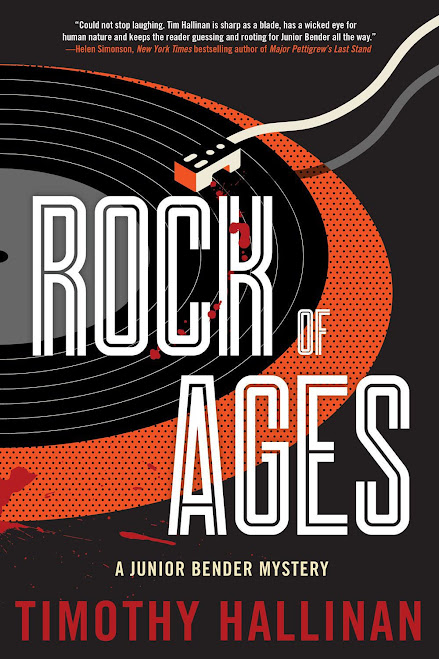“Under the Wave at Waimea”, by Paul Theroux ⭐️⭐️⭐️☆☆
Under the Wave at Waimea was my first Paul Theroux book. I have heard of him over the years, and I may even have seen the movie that was made from his book Mosquito Coast, but had never read any of his work before picking up this book—and honestly, I may think twice about picking up another.
A quick synopsis: We meet protagonist Joe Sharkey as a 62-year-old former pro-surfing star, living the good life on Oahu’s North Shore: surfing, drinking, getting high, getting laid, etc.
One rainy night, driving home after three beers and a little weed, he hits a homeless drunk who staggers into the road in front of his car. He lies about the circumstances to the police, gets off with no punishment—and then his life starts to spiral out of control. Whether due to karma, bad vibes—what have you—things just start to go wrong, culminating in an incident at Waimea in which Joe experiences a long hold-down after wiping out, and nearly drowns.
At this point, the book started to lose me, because it was here that the author chose to turn the clock back and embark on a long (and I do mean loooonnnggg…) journey through Sharkey’s formative years, growing up as a picked-on haole kid in a tough Honolulu high school, son of a U.S. Army officer father and a socialite mother. He gets into surfing, drops out of school, gains the respect of the local Hawaiian surfers, becomes a big-deal pro surfer, etc., etc.
I dropped in and out of this book several times over a period of a few months, mostly because I would get tired of being dragged along on the extended journey through Joe Sharkey’s life that Theroux subjects the reader to in this book—the book could have been cut by at least a third, maybe more, without weakening the story arc.
I’m all for back story and scene-setting, but this drags on for almost 250 pages before we get back to the main arc—Joe and his girlfriend, Olive, trying to set things right after the auto accident in which Joe killed the homeless man. The story gets interesting again when that comes around again, and the wrap-up (no spoilers) is very moving—but I for one could have done without such an extensive journey back through Joe Sharkey’s life. It was gratuitous, in many respects, and seemed to serve mainly to showcase the author’s knowledge of surfing, and Hawaii, and his ability to write dialogue in Hawaiian pidgin.
(A note about that: A little of the “da kine”, “you got wen job?” stuff goes a long way. I found my patience being strained when he put that type of local patois in the mouths of the members of an extended ethnic-Chinese family, and the chief medical examiner at the local hospital.)
Paul Theroux is evidently a well-like author, based on the full-page listing of his former works, both fiction and non-fiction, that appears in the front matter of this volume, so maybe his fans will really dig this book. Honestly, though, it mostly just made me tired.



Comments
Post a Comment